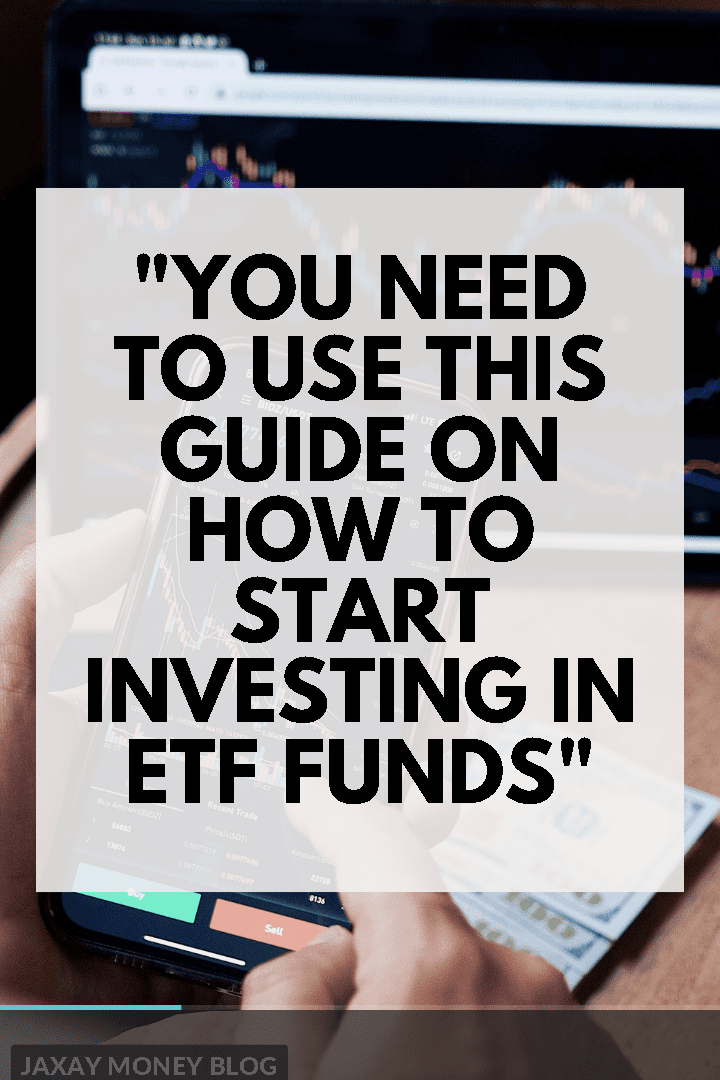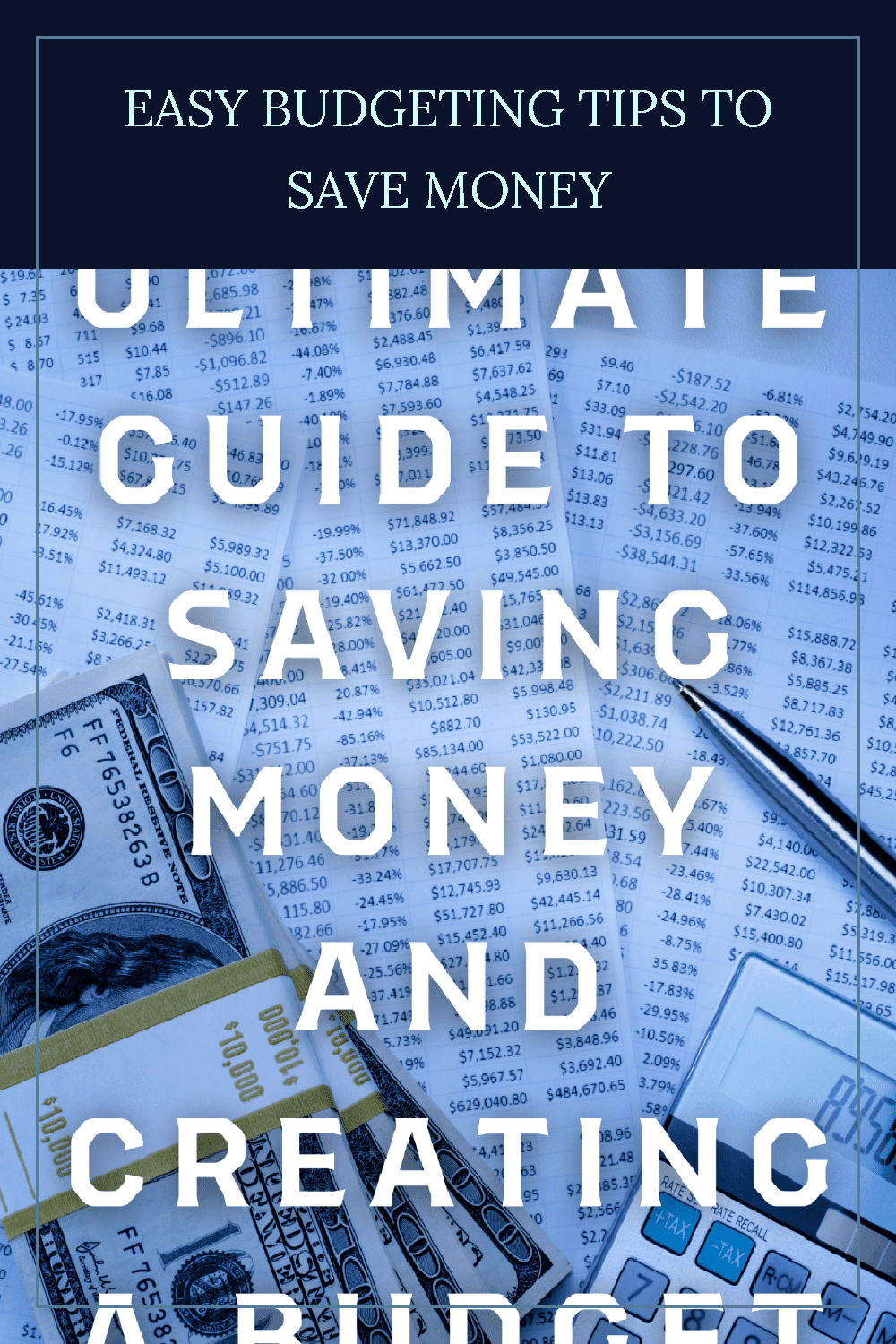How to Start Investing in ETF Funds
Exchange-Traded Funds (ETFs) are a popular investment choice for many due to their diversification, liquidity, and typically lower costs compared to mutual funds. Here’s a step-by-step guide to help you get started with ETF investing.

1. Understand What ETFs Are
Definition: ETFs are investment funds that are traded on stock exchanges, similar to individual stocks. They typically track an index, commodity, or a basket of assets. Benefits: ETFs offer diversification, lower expense ratios, and flexibility in trading.
2. Set Your Investment Goals
Determine Your Objectives: Identify whether you’re investing for retirement, a major purchase, or wealth accumulation. Time Horizon: Consider how long you plan to invest, as this will influence your risk tolerance and the types of ETFs you choose.
3. Choose a Brokerage Account
Select a Broker: Look for a brokerage that offers commission-free ETF trading, low fees, and a user-friendly platform. Some popular options include:
- Fidelity
- Charles Schwab
- Robinhood
Open an Account: Follow the brokerage's steps to create an account. You may need to provide personal information and financial details.
4. Research ETFs
Types of ETFs: Familiarize yourself with various types of ETFs, including:
- Index ETFs: Track a specific index (e.g., S&P 500).
- Sector ETFs: Focus on a specific industry (e.g., technology, healthcare).
- Bond ETFs: Invest in fixed-income securities.
- International ETFs: Provide exposure to global markets. Analyze Performance and Fees: Look at historical performance, expense ratios, and tracking errors. Lower fees can lead to better long-term returns.
5. Diversify Your Investments
Build a Balanced Portfolio: Consider investing in a mix of ETFs to spread risk. For example, combine stock ETFs with bond ETFs for a balanced approach. Consider Asset Allocation: Tailor your investment strategy to align with your risk tolerance and goals. Younger investors might lean more towards stocks, while those closer to retirement may prefer bonds.
6. Decide on Investment Amounts
Start Small: You don’t need a lot of money to begin. Many brokers allow you to buy fractional shares of ETFs. Dollar-Cost Averaging: Consider investing a fixed amount regularly (e.g., monthly). This strategy can help mitigate market volatility.
7. Place Your Order
Select the ETF: Once you've chosen an ETF, search for its ticker symbol on your brokerage platform. Order Types: Decide whether to place a market order (buy at current price) or a limit order (set a specific price).
8. Monitor Your Investments
Regular Check-ins: Keep track of your ETF performance and market trends. However, avoid making impulsive decisions based on short-term market fluctuations. Rebalance Your Portfolio: Periodically review your asset allocation and make adjustments to ensure it aligns with your goals.
9. Stay Informed
Keep Learning: Read financial news, follow market trends, and consider subscribing to investment newsletters or podcasts. Join Investment Communities: Engage with online forums or local investment clubs to share insights and strategies.
10. Be Patient and Stay Disciplined
Long-Term Perspective: Investing in ETFs is generally a long-term strategy. Stay focused on your goals and avoid reacting to market noise. Stick to Your Plan: Maintain your investment strategy even during market downturns, as volatility is a normal part of investing.
Investing in ETFs can be a smart way to build wealth over time. By understanding your goals, choosing the right broker, researching suitable ETFs, and maintaining discipline, you can create a robust investment strategy that works for you. Happy investing!
Ready to build your emergency savings in a fun and quick way? Follow Jaxay Money Blog's amazing guide and you'll be on your way to financial security in no time! 🏦✨💰 Learn tips for saving, budgeting, and more! 💥 Click to purchase the essential Emergency Fund and Budgeting PDF! 💸

Oct 11th 24